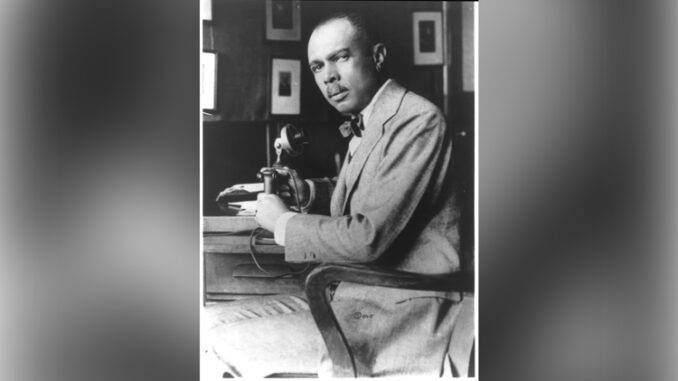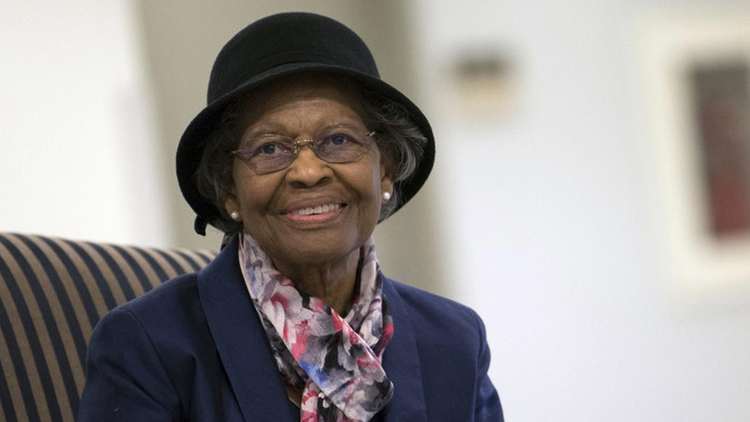
Have you ever heard of a “Renaissance man”? The term refers to a person who has talents in many different areas. James Weldon Johnson was the definition of a Renaissance man. He was a teacher, journalist, lawyer, diplomat, poet, songwriter, and civil rights leader. He was also a key figure in the Harlem Renaissance, a Black cultural movement in New York City during the 1920s and 1930s.
James Weldon Johnson was born in 1871 in Jacksonville, Florida. His father was a headwaiter and a preacher who inspired Johnson to work hard. His mother was a musician and teacher from the Bahamas. She taught him to love learning, music, and art. After graduating from college, Johnson worked as a teacher and a school principal. During this time, he started a newspaper, studied law, and wrote poetry in his spare time. One of the poems Johnson wrote was called “Lift Every Voice and Sing.” His brother set the poem to music. Their song became known as the Black National Anthem because it gave hope and pride to Black Americans.
Around 1901, the brothers moved to New York City. They made a living writing songs for Broadway. Johnson met Black artists and leaders in New York. He quickly became a leader himself. President Theodore Roosevelt recognized Johnson’s many talents and gave him a job as a diplomat in Venezuela and Nicaragua. When Johnson returned to New York, he took a job at the National Association for the Advancement of Colored People (NAACP). There he worked to promote civil rights. He traveled around the country, speaking out against unfair laws and helping people register to vote. He also organized a silent protest parade in New York City. Around 10,000 Black protesters marched silently down Fifth Avenue. They marched to bring attention to violence against Black people.
Johnson became the first Black executive secretary of the NAACP in 1920, and he led the organization for the next ten years. During this time, Johnson was also involved in the Harlem Renaissance. He supported Black artists, musicians, and writers and worked to bring attention to them. He wanted the world to know that Black people could create great art. Johnson was also known for his own writing, publishing his own poetry, a novel, and several collections of Black poems and songs. Johnson died in 1938, but his words and his story still inspire people today.
¿Qué opinas? ¿Cuál de los muchos papeles y talentos de James Weldon Johnson te inspira?
Photo Credit: Library of Congress Prints & Photographs Division [LC-USZ62-42992]



